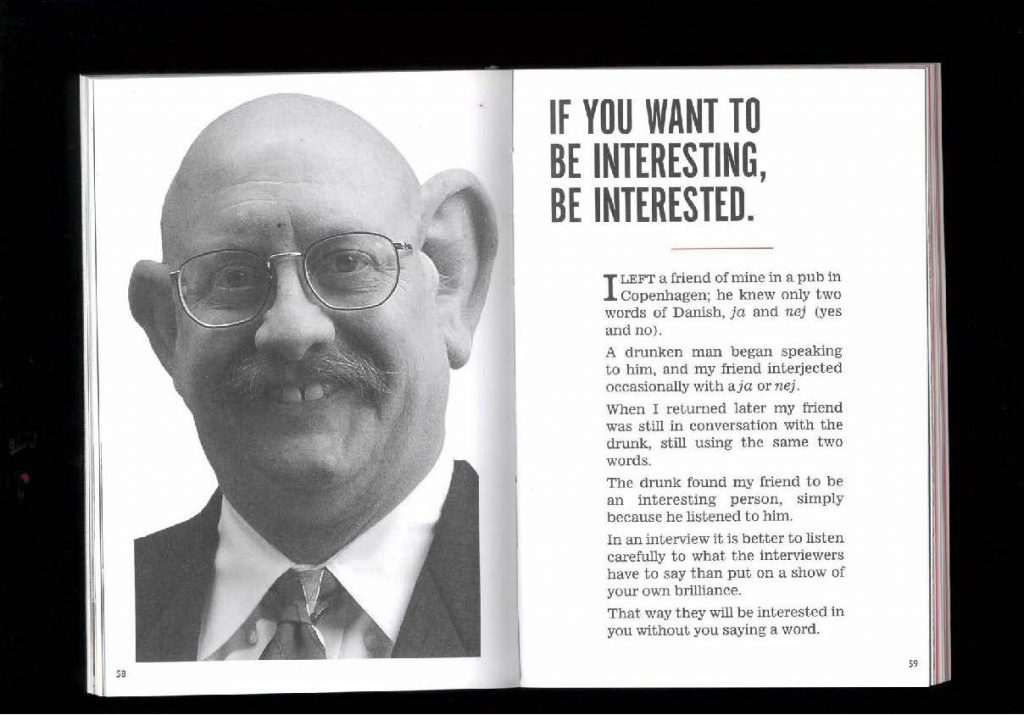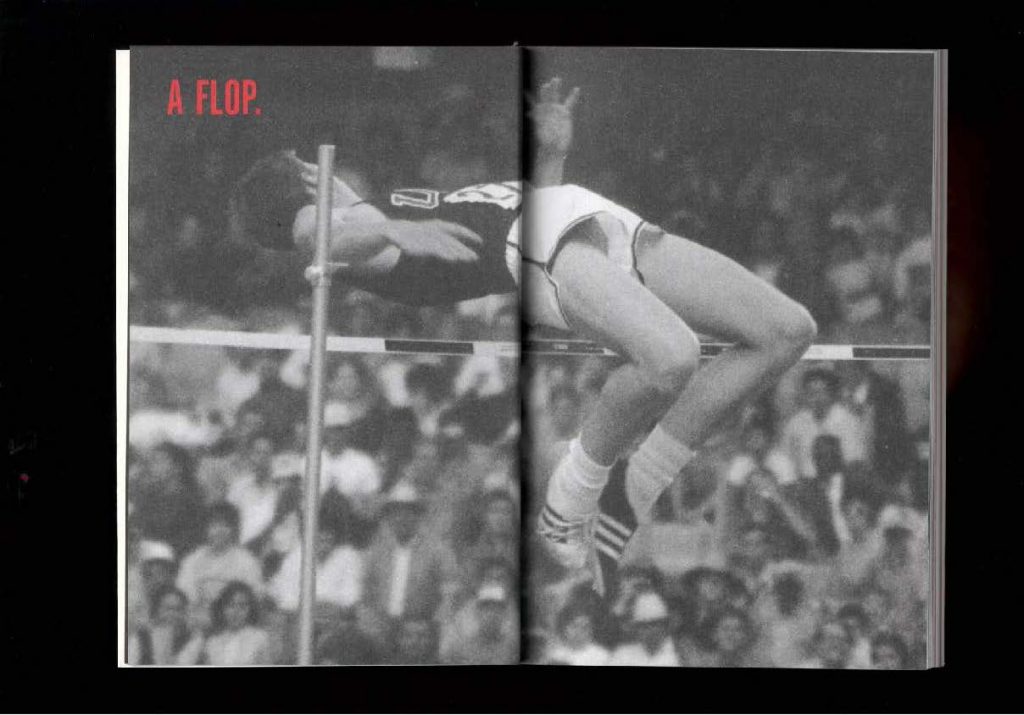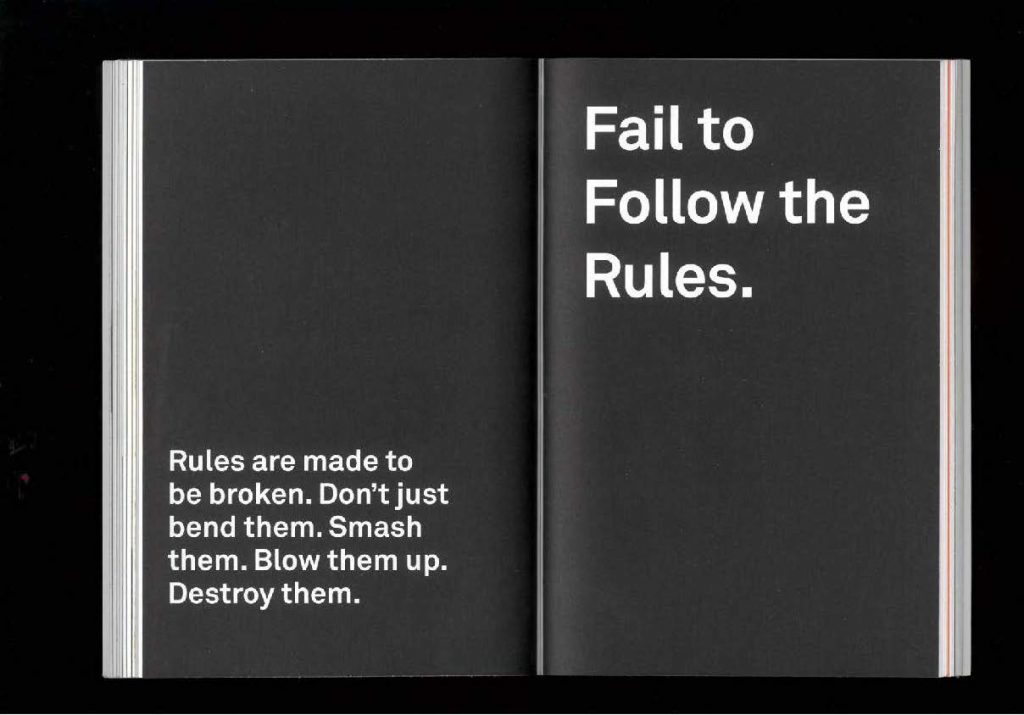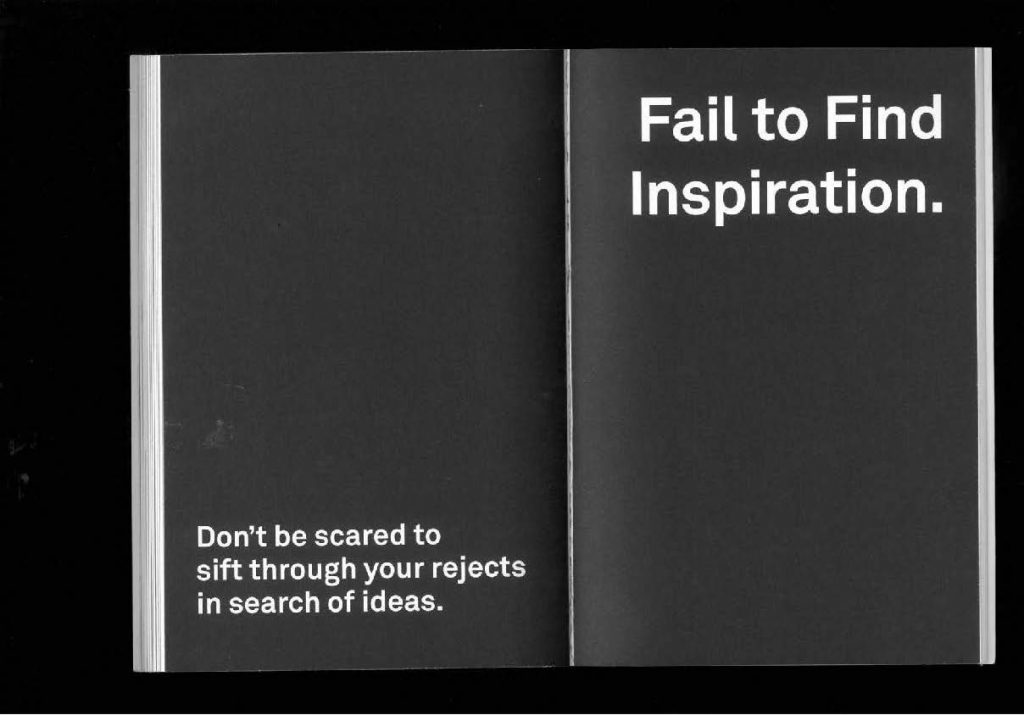Reflecting on the first seminar of the PG Cert and some of the extended reading, I found the discussion about different teaching styles fascinating. The room seemed to dismiss both academics in the reading for different reasons: one for being ‘old-fashioned’ and not providing digital resources, and the other for being overly charismatic or politically biased. This made me question the lack of consensus on what constitutes ‘good’ teaching, particularly in arts and creative education. Should the most effective educator be the one who engages and motivates students, or should the tutor push students towards independent discovery? Can these two approaches coexist and challenge one another in a way that benefits students?

Reflecting on staff meetings and discussions over the years, I see a similar pattern—academics dissecting teaching approaches with a fine-tooth comb, questioning methodologies without necessarily embracing the nuance that different approaches can offer. The debate often extends beyond teaching methods and into the politics of the university itself. Some argue that universities have made education too easy, spoon-feeding students and treating them as customers. Others see universities as overly rigid and slow to adapt to new ways of thinking. Perhaps all of these perspectives contain elements of truth. The UK higher education sector is vast, and expecting a single ‘best practice’ approach to suit all subjects, students, and educators feels unrealistic.
Ultimately, I believe a good educator should be fluid, adapting to the specific needs of their cohort. Each student brings their own prior knowledge, cultural background, and learning preferences. Developing an individualized teaching approach within a broader pedagogical framework seems more beneficial than adhering strictly to one method or another.

Failure is an essential component of learning in creative education, yet many students fear it. This anxiety is often rooted in a broader cultural narrative that equates failure with incompetence and success with perfection. However, in design and artistic practice, failure is not only inevitable but also necessary for growth.

The concept of failure as a learning tool is well-documented in creative pedagogy. Samuel Beckett’s famous words, “Ever tried. Ever failed. No matter. Try again. Fail again. Fail better,” encapsulate the iterative nature of the creative process. Every successful design is built upon a foundation of past mistakes and experiments. Without encountering failure, students may never fully understand the reasoning behind their design decisions or develop the resilience needed for professional practice.

A curriculum that integrates failure into its framework encourages students to take creative risks and push the boundaries of their work. Educators should normalize failure by highlighting examples of successful artists and designers who have experienced setbacks. By shifting the focus from polished outcomes to the learning process, students become more willing to experiment and iterate.
References:
Creely, E., Henderson, M., & Henriksen, D. (2019). Failing to Succeed: The Value of Failure in Creativity. Monash University.
Brookfield, S. D. (2017). Becoming a Critically Reflective Teacher. Jossey-Bass.
Shulman, L. S. (2005). Signature pedagogies in the professions. Daedalus, 134(3), 52-59.
Leave a Reply